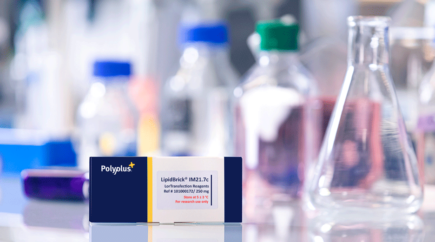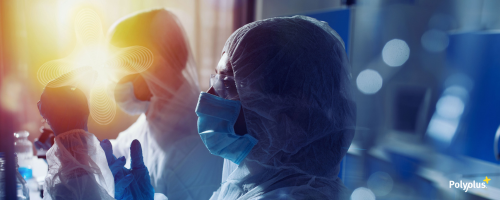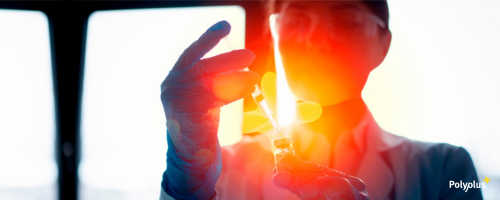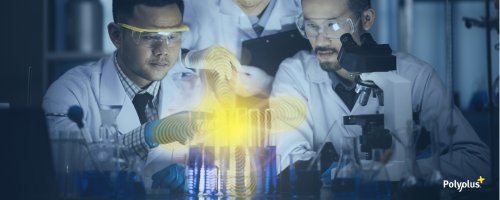LipidBrick® is a novel range of proprietary cationic lipids dedicated to the formulation of LNPs for the development of mRNA-based vaccines and thera...

Meet Polyplus at SelectBio Extracellular Vesicles & Nanoparticle-based Therapeutics Europe 2023 in Rotterdam, Netherlands on November 13th - 14th 2023. Look forward for our talk presented by our expert Jean-Thomas Issenhuth on how Cationic lipids offer new possibilities in liposome and LNP engineering for RNA therapeutics.
 |
Jean-Thomas Issenhuth – Key Account Manager |
Talk : Cationic lipids offer new possibilities in liposome and LNP engineering for RNA therapeutics | Tuesday 14 November at 12:00 PM
Talk Summary : Lipid-based nanoparticles (LNPs) represent one of the most promising RNA delivery systems, not only due to their efficacy, but also to the ease of production achieved through precise controlled mixing technique known as microfluidics and the scalability of production. Still, they present some limitations related to toxicity, targeting, limited biodistribution through systemic administration which mainly results in liver uptake. Polyplus® has recently developed a library of cationic lipids (LipidBrick®), which represents a remarkable innovation compared with conventional cationic lipids by ensuring reduced toxicity of LNPs and extending their use beyond the liver.

Success of Gene and Cell Therapies is dependent on efficient production of viral vectors that require optimized transfection reagents and viral vector engineering

RNA/DNA in vivo delivery is the most powerful alternative to viral vectors for nucleic acid-based therapies. They offer substantial advantages in terms of reliability,safety and costs for nucleic-acid based therapies

Broad range of solutions is needed for manufacturing of functional proteins or antibodies at the desired scale in bacteria, yeast and mammalian cell expression systems

Optimised plasmid engineering and specific transfection reagents are key to enable protein expression in a wide range of adherent and suspension mammalian cell types